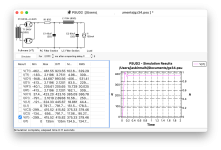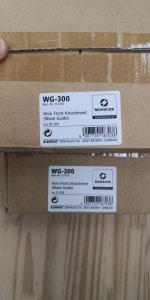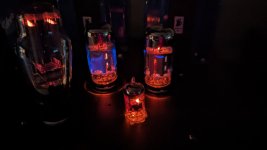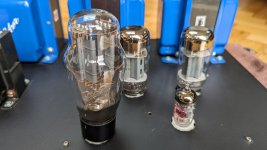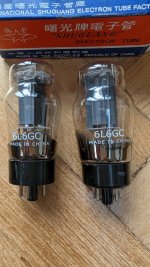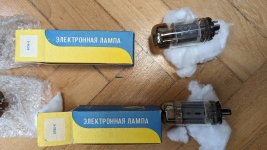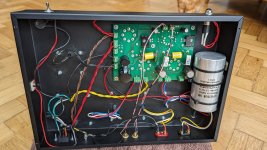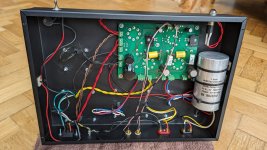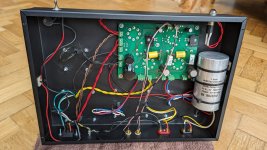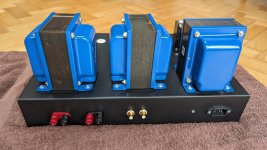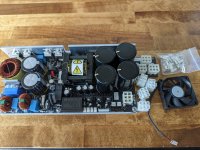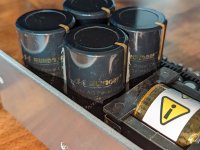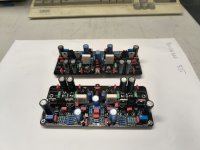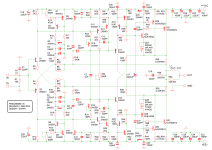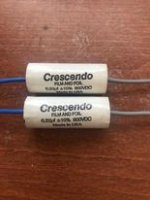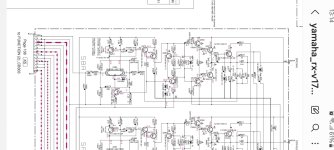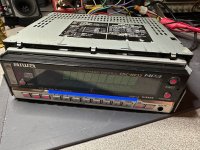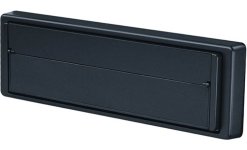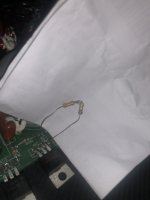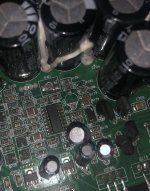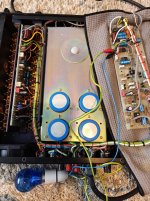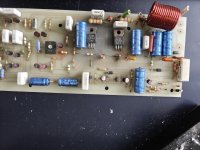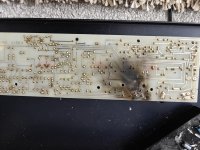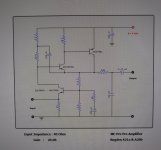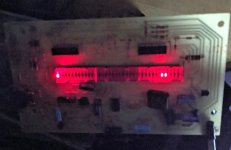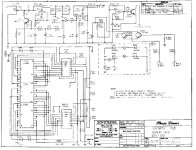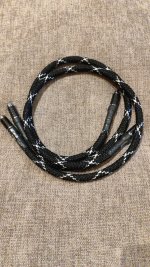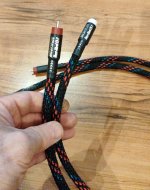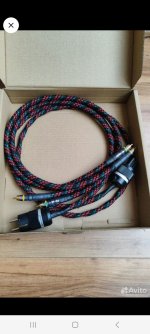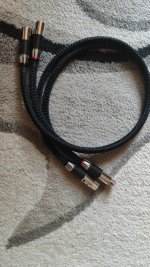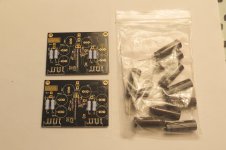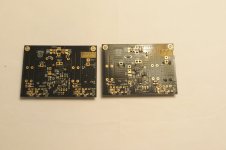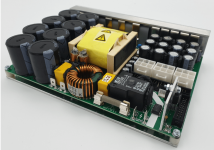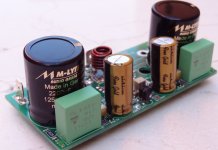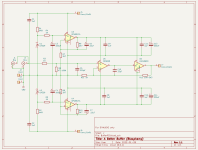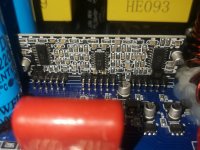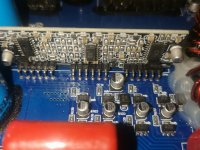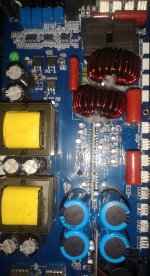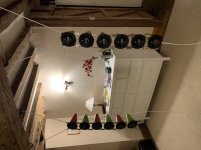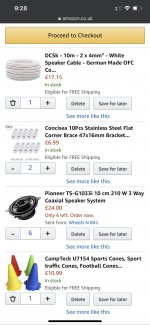GZ34 occasional runaway voltage
- By jazreader
- Tubes / Valves
- 27 Replies
Hi, I'm just completing my first build, amp based on F2a tube. With much help reading the forums, so thanks.
It's based on Moxtone Siemox online schematic but I've modified to monoblocks that use GZ34 rectified power supplies.
Testing had been going fine, and get B+ around where I expect, surge to 425 then settling around 380. But on a couple of occasions, on one amplifier, turning on from cold, the B+ seems to have continued to surge to 600 or more.
The first time I hit the kill switch after maybe seeing over 1000v, may have been negative (it was all quite quick, I may be mistaken). I added 1n4007 diodes and increased my first resistor to 97ohm from 47 ohm, and even swapped in a nos gz34. Seemed fine for first few times. Then one time I saw the multimeter hit around 600v and stay there. This was a different multimeter and I think its limited to 600v. I tried again later and all was fine.
I have the load wired in with 8ohm load, and valves seems to be drawing 130mA. When it starts up fine I have checked square wave on an oscilloscope and seems good.
Any ideas what may be happening here? Did I just imagine it?
CLC using 45uF first cap. Attached PSUD pic. (Plus bleed resistor 1M not shown).
Thanks for any thoughts.
It's based on Moxtone Siemox online schematic but I've modified to monoblocks that use GZ34 rectified power supplies.
Testing had been going fine, and get B+ around where I expect, surge to 425 then settling around 380. But on a couple of occasions, on one amplifier, turning on from cold, the B+ seems to have continued to surge to 600 or more.
The first time I hit the kill switch after maybe seeing over 1000v, may have been negative (it was all quite quick, I may be mistaken). I added 1n4007 diodes and increased my first resistor to 97ohm from 47 ohm, and even swapped in a nos gz34. Seemed fine for first few times. Then one time I saw the multimeter hit around 600v and stay there. This was a different multimeter and I think its limited to 600v. I tried again later and all was fine.
I have the load wired in with 8ohm load, and valves seems to be drawing 130mA. When it starts up fine I have checked square wave on an oscilloscope and seems good.
Any ideas what may be happening here? Did I just imagine it?
CLC using 45uF first cap. Attached PSUD pic. (Plus bleed resistor 1M not shown).
Thanks for any thoughts.
